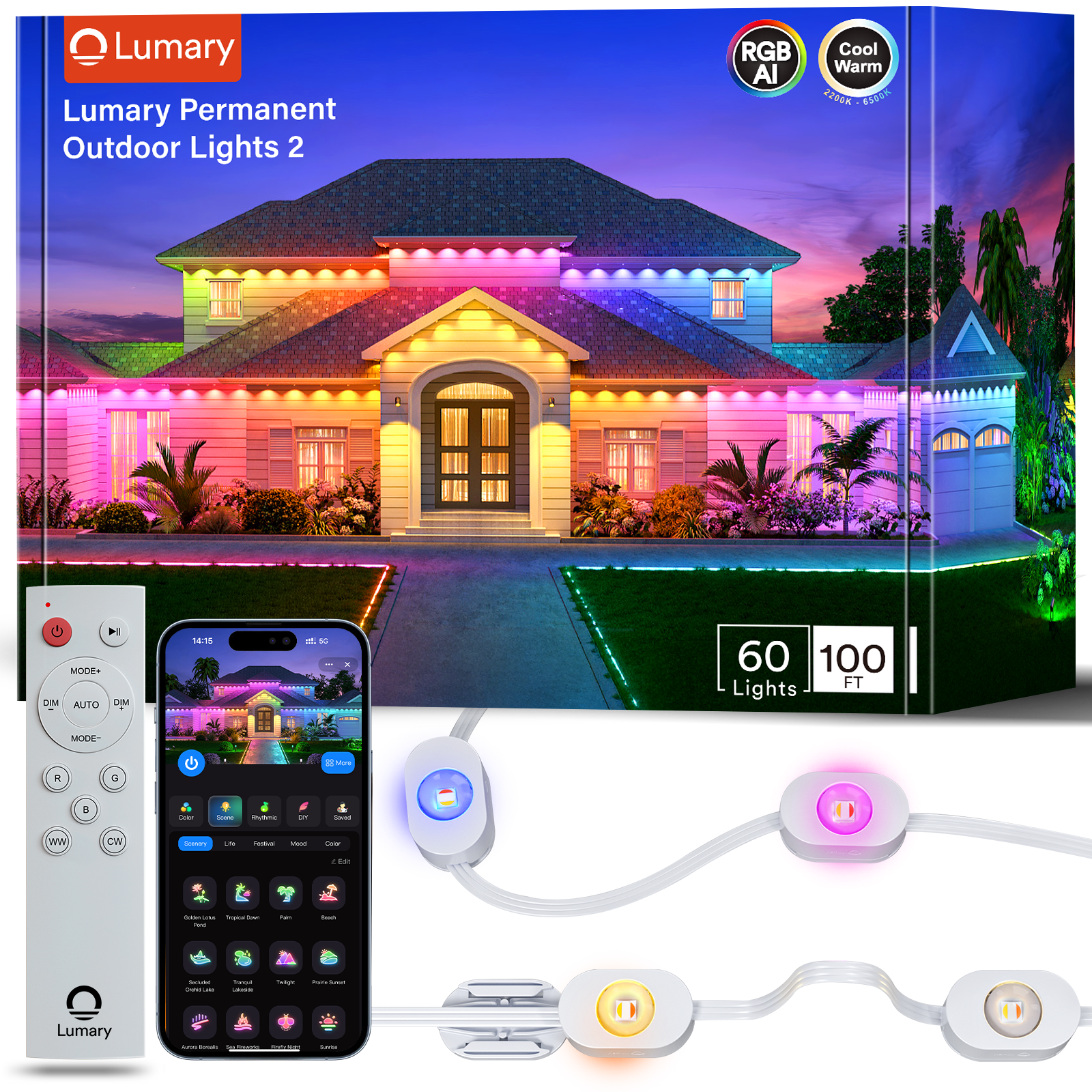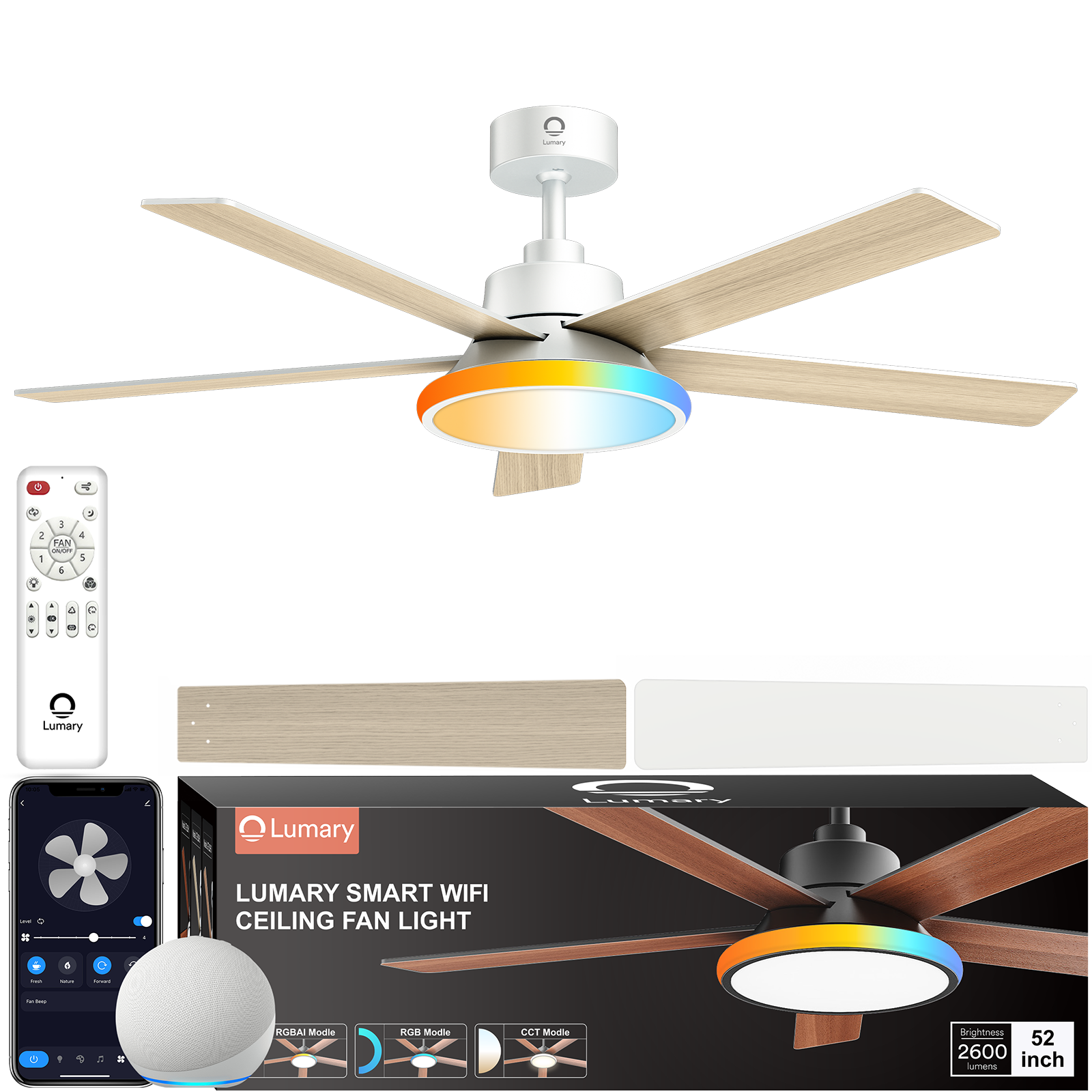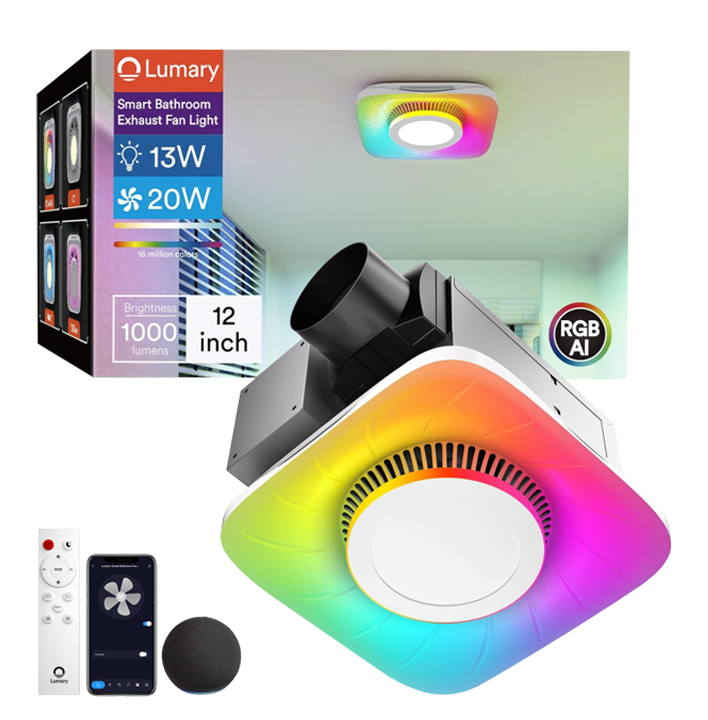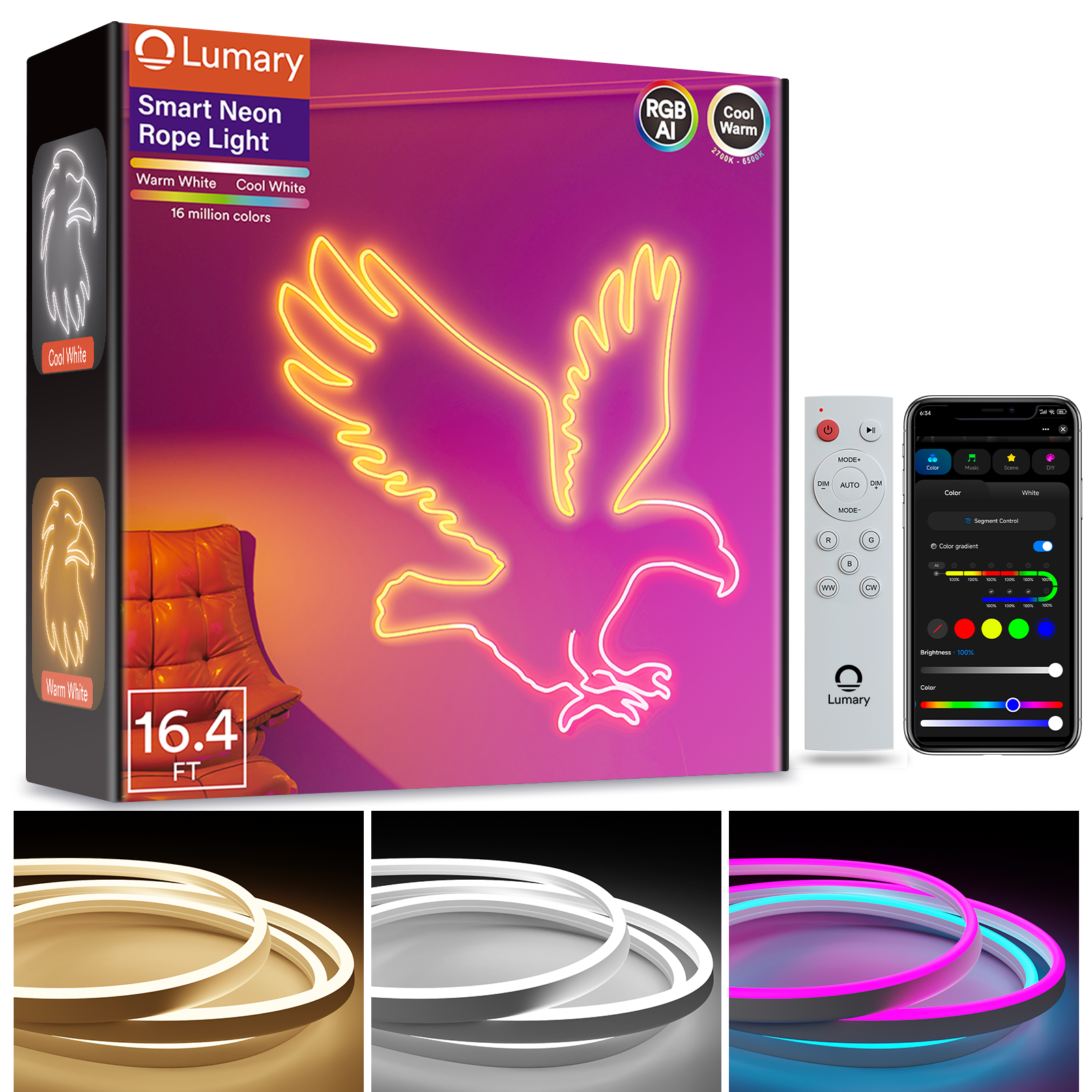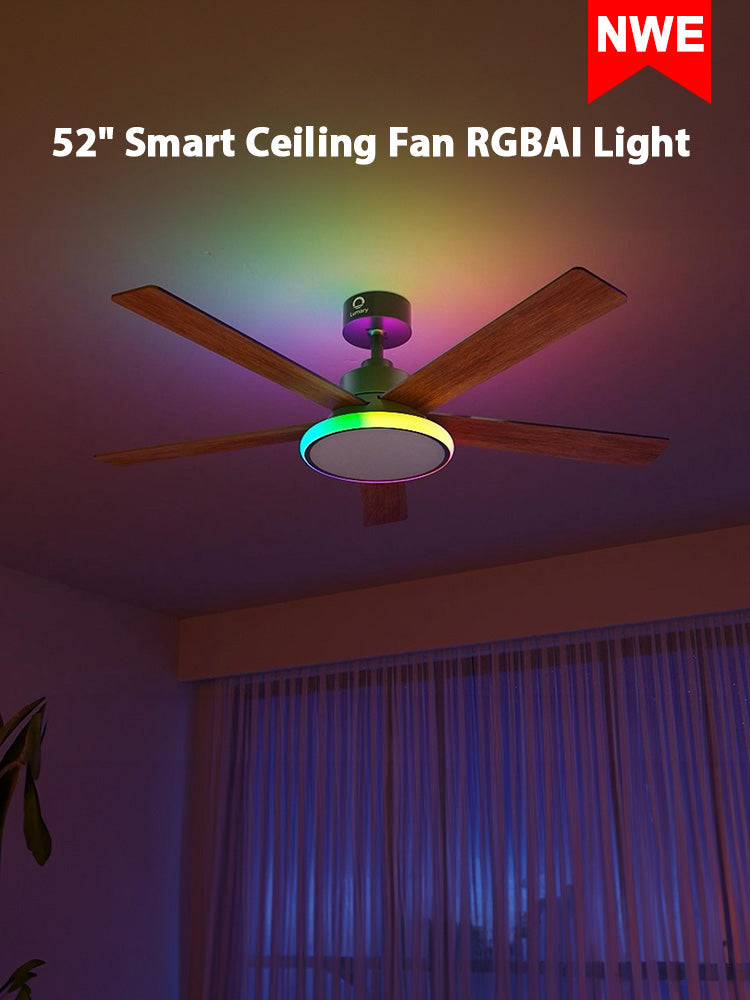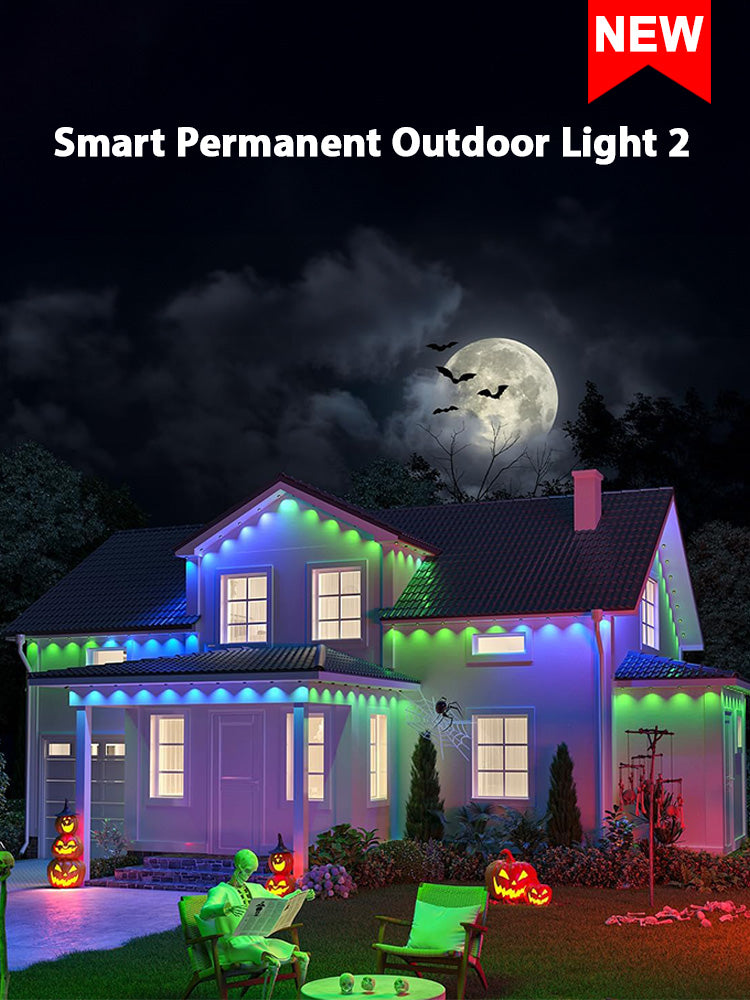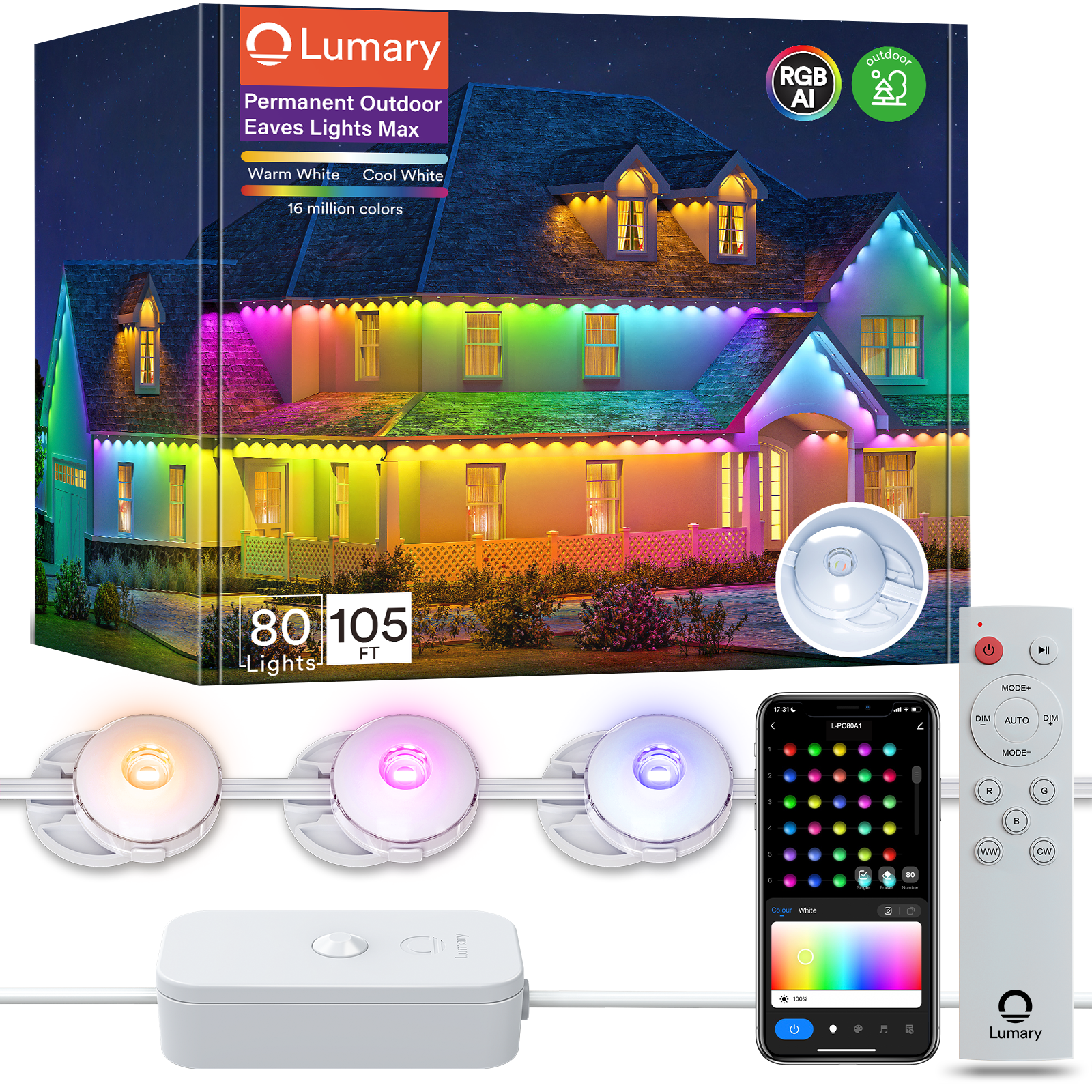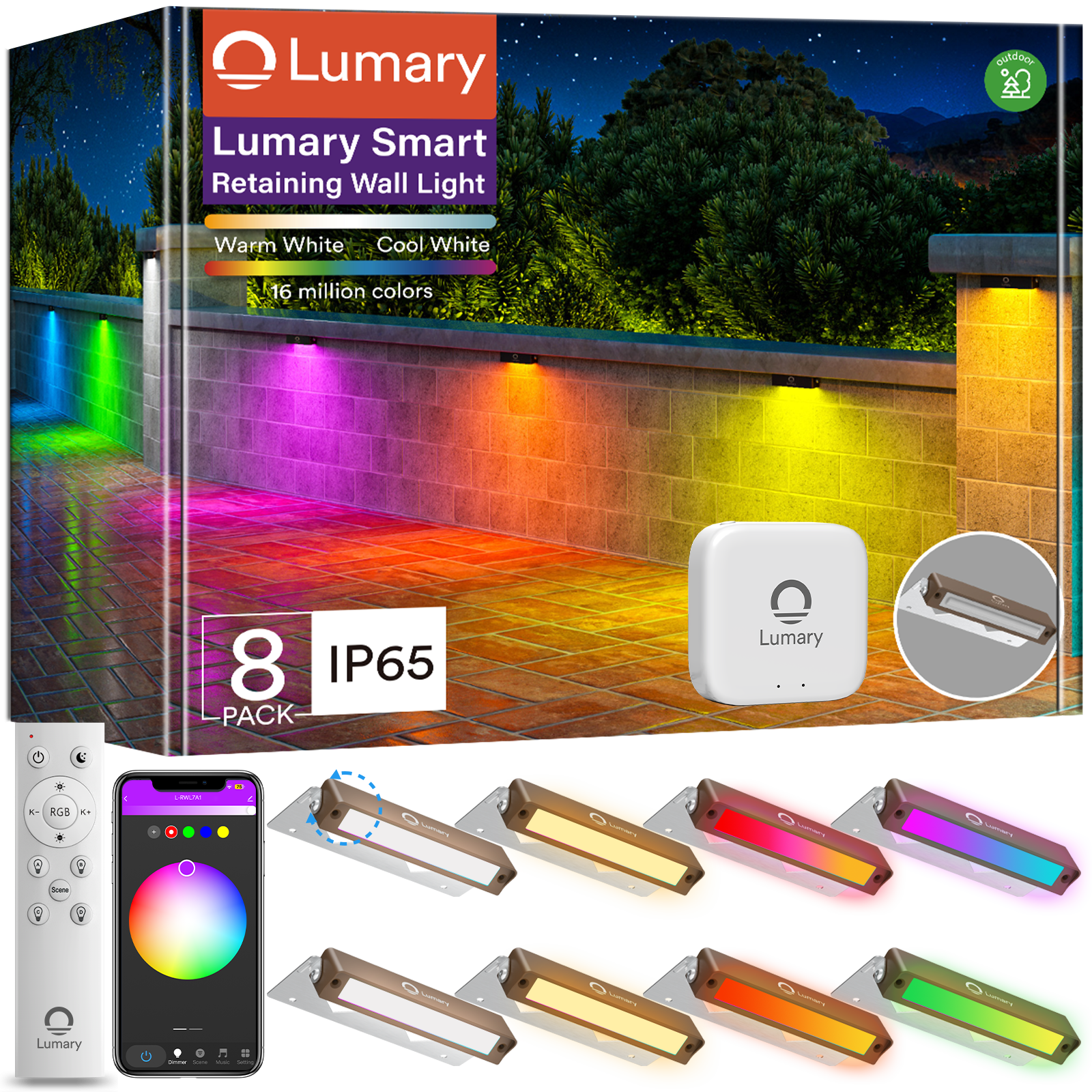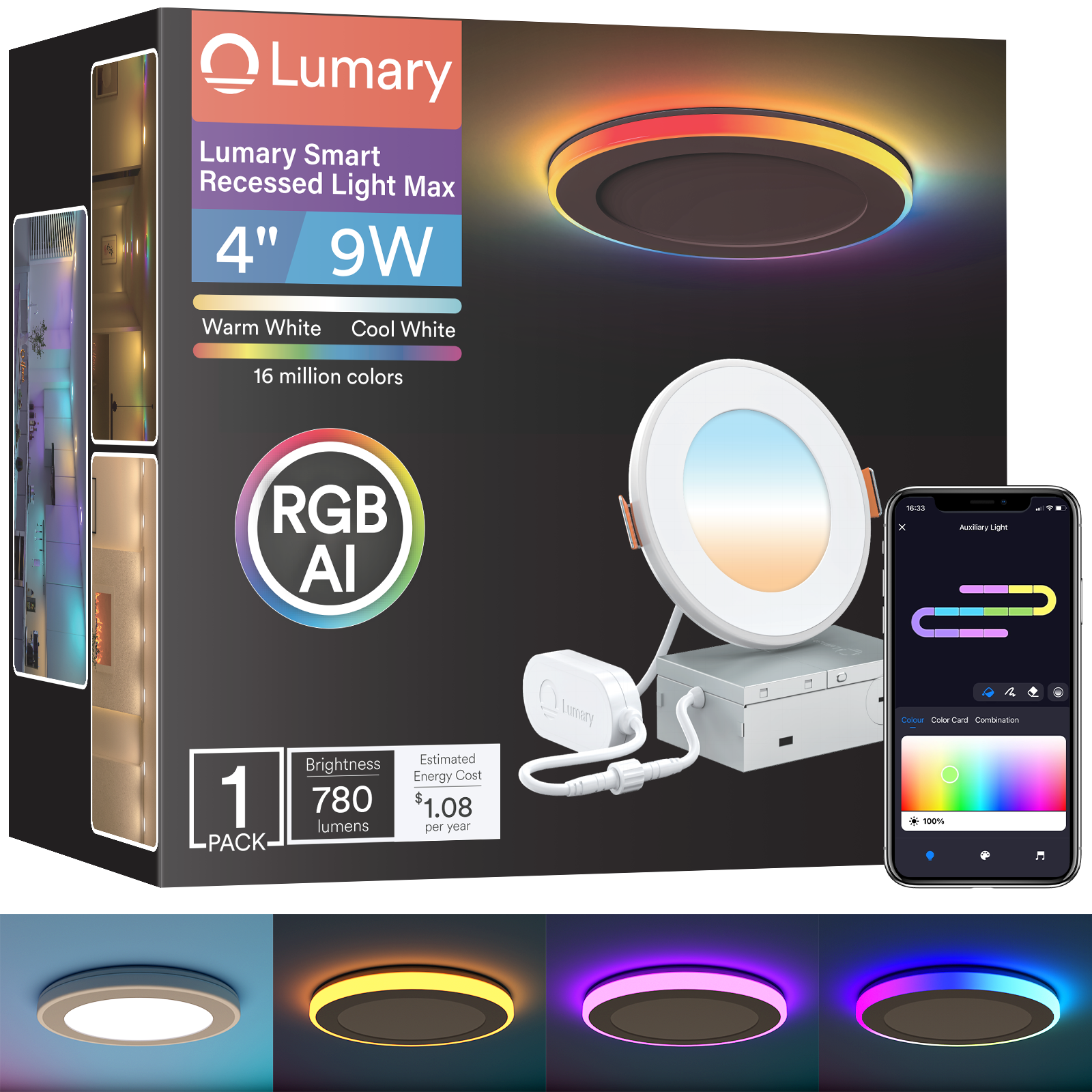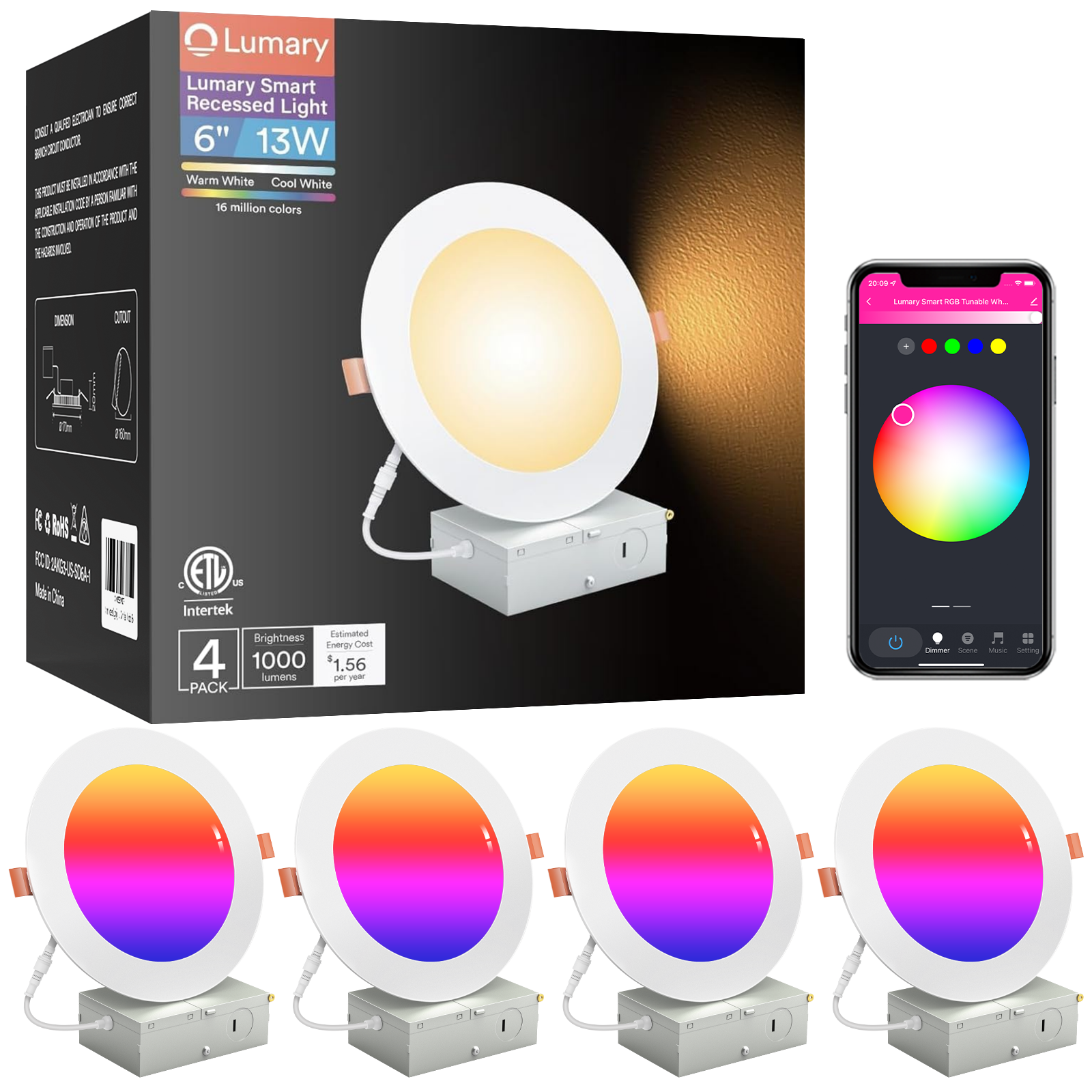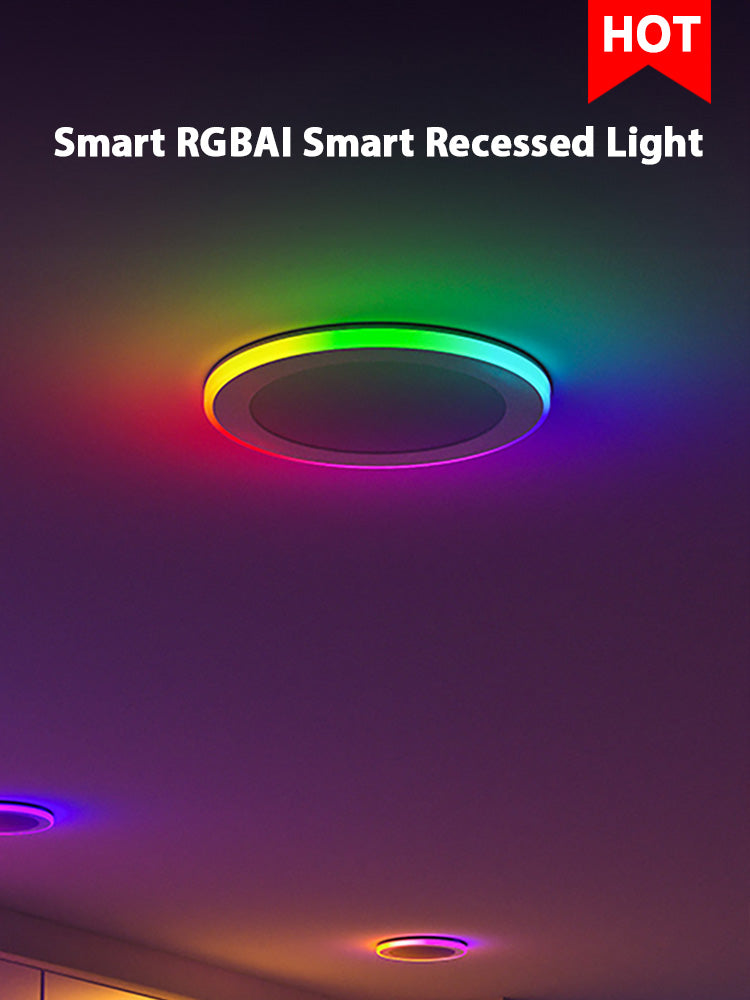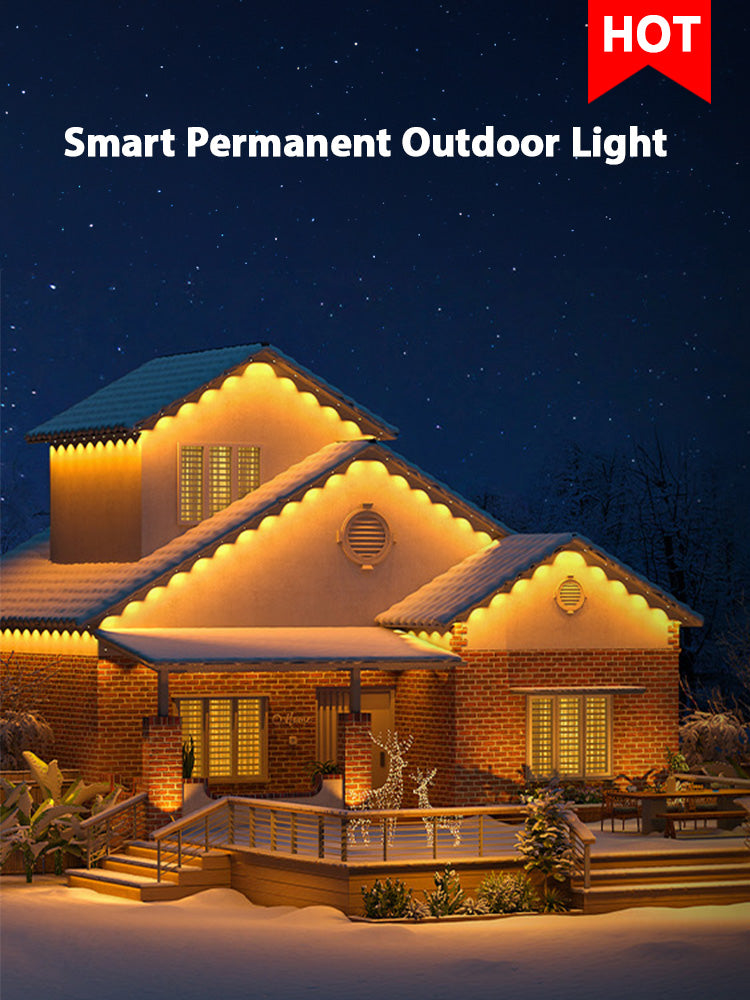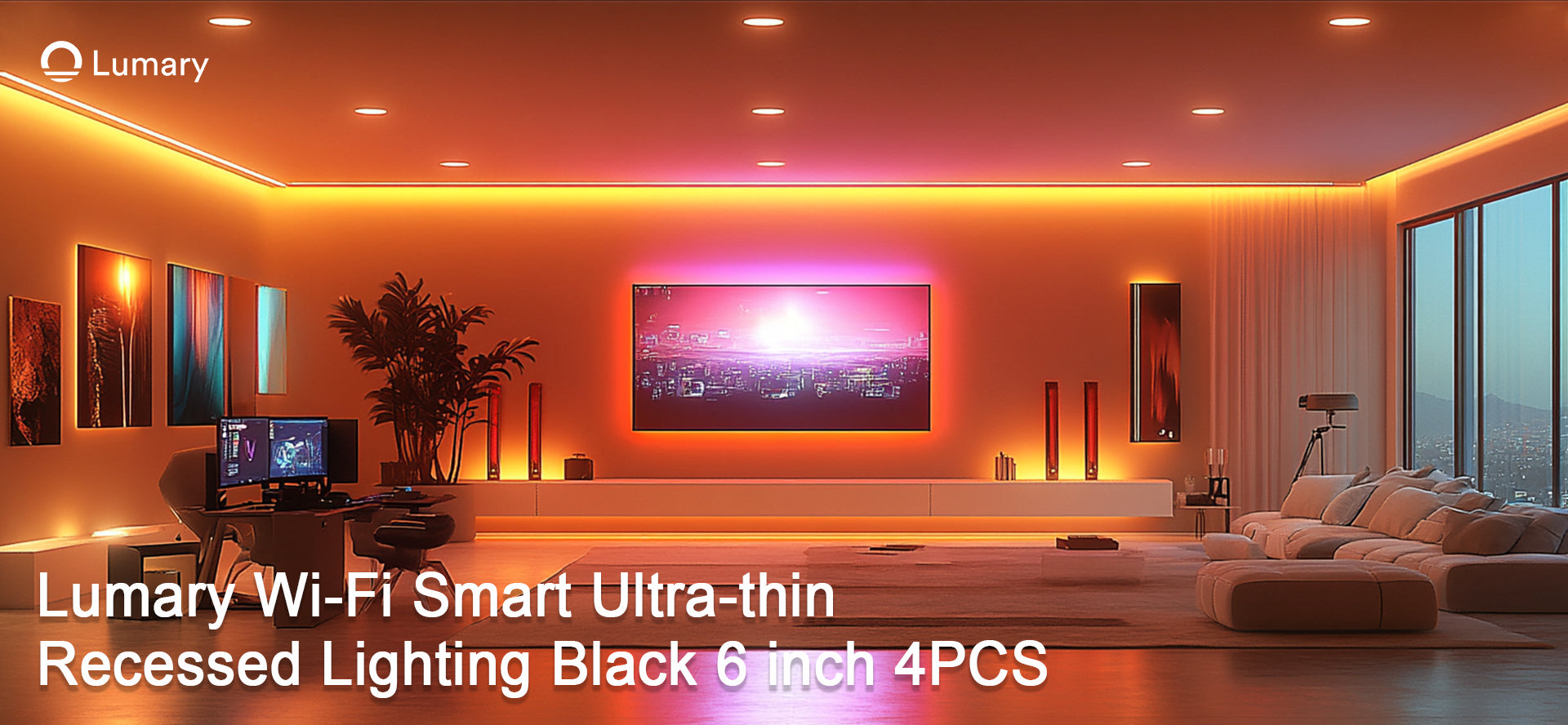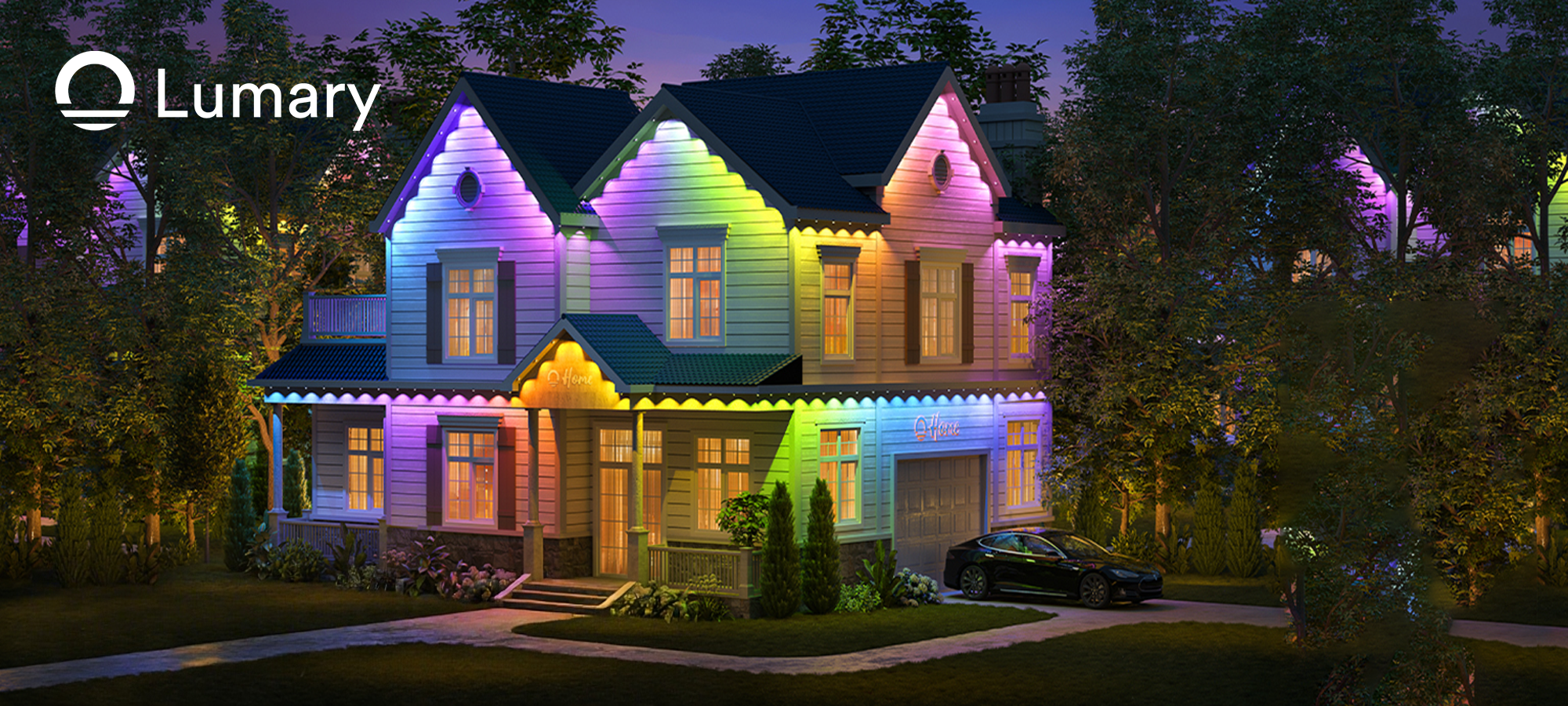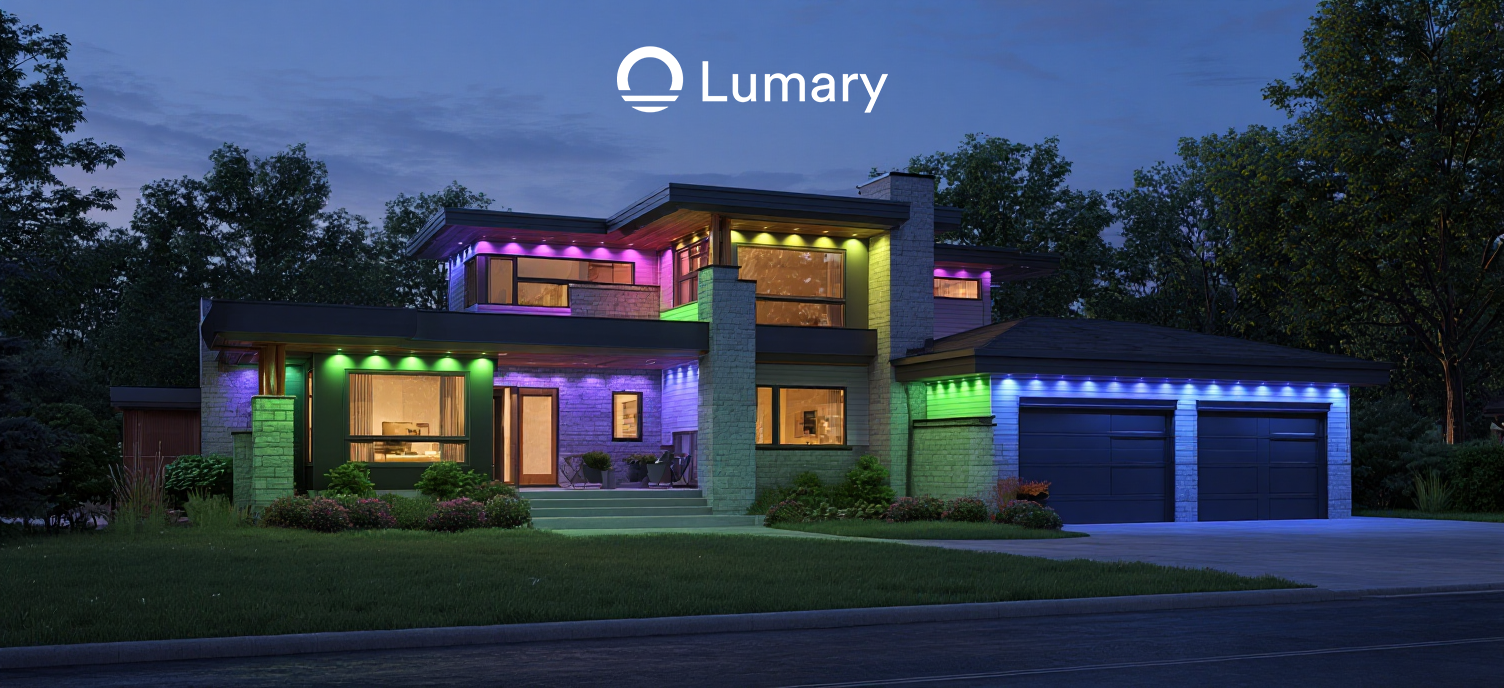Smart and energy-efficient recessed lighting transforms your home into a modern, functional space. It combines advanced technology with sustainability, offering features like automated dimming and remote control to reduce energy consumption. LED technology, a key component, uses less electricity and lasts longer than traditional bulbs, saving you money over time. Recessed lighting also enhances the aesthetics of your home by providing sleek, unobtrusive illumination. Whether you’re upgrading your living room or installing 4 can lights in your kitchen, this lighting solution ensures efficiency, style, and convenience.
Key Takeaways

-
Smart recessed lighting enhances your home with advanced features like app control and voice commands, allowing for convenient customization of brightness and color.
-
Energy-efficient LED technology not only reduces electricity bills but also lasts significantly longer than traditional bulbs, making it a cost-effective choice over time.
-
Choosing the right brightness (measured in lumens) for each room is essential; for example, kitchens need brighter lighting (4,000-6,000 lumens) while bedrooms benefit from softer lighting (1,000-2,000 lumens).
-
Consider color temperature when selecting recessed lighting; warm tones (2,700K-3,000K) create a cozy atmosphere, while cool tones (4,000K-5,000K) enhance focus and alertness.
-
Dimmable recessed lighting offers flexibility for different activities, allowing you to adjust brightness for relaxation or tasks, which also contributes to energy savings.
-
When installing recessed lighting, consider professional help for complex setups, or follow safety guidelines for DIY projects to ensure proper installation.
-
Incorporating smart features like motion sensors and scheduling can enhance security and convenience in outdoor spaces, making them functional and stylish.
Understanding Smart and Energy-Efficient Recessed Lighting
What Makes Lighting "Smart"?
Smart lighting revolutionizes how you interact with your home. It offers features that go beyond traditional on/off switches, giving you control and customization at your fingertips. With app-based controls, you can manage your lights from anywhere in the world. Whether you're at work or on vacation, a smartphone app allows you to adjust brightness, change colors, or even schedule lighting routines. This flexibility ensures your home is always lit the way you want it.
Voice commands add another layer of convenience. By integrating with smart home ecosystems like Alexa or Google Home, you can control your recessed lighting hands-free. Simply say, "Turn on the living room lights," and watch your space illuminate instantly. Automation features, such as geofencing, take it a step further by syncing your lights with your location. For example, your lights can automatically turn on when you arrive home, creating a welcoming atmosphere.
Smart recessed lighting also enables creativity. You can group lights, create scenes, and sync them with music for immersive experiences. Platforms like IFTTT (If This Then That) allow you to connect your lights with other smart devices, enhancing your home's functionality. These features make smart lighting a cornerstone of modern living.
The Importance of Energy Efficiency
Energy efficiency plays a crucial role in modern lighting solutions. LED technology, a hallmark of energy-efficient lighting, consumes significantly less electricity than traditional bulbs. This not only reduces your energy bills but also extends the lifespan of your lights. LEDs can last up to 25,000 hours, meaning fewer replacements and lower maintenance costs over time.
The environmental benefits of energy-efficient lighting are equally compelling. By using less energy, you reduce your carbon footprint and contribute to a more sustainable future. Recessed lighting equipped with LED technology combines style with responsibility, making it an ideal choice for eco-conscious homeowners.
Cost savings go hand in hand with energy efficiency. While the initial investment in LED recessed lighting may be higher, the long-term savings outweigh the upfront costs. Over time, you'll notice a significant reduction in your electricity expenses, proving that energy-efficient lighting is both a smart and economical choice.
Incorporating energy-efficient recessed lighting into your home not only enhances its aesthetic appeal but also aligns with modern sustainability goals. By choosing this lighting solution, you invest in a brighter, greener future.
Types of Recessed Lighting
Choosing the right type of recessed lighting can transform your space, enhancing both functionality and aesthetics. Understanding the different types of recessed lighting helps you make an informed decision that suits your needs and style.
Canless Recessed Lighting
Canless recessed lighting offers a sleek, modern solution for your home. These fixtures feature an ultra-thin design, making them perfect for spaces with limited ceiling depth. Installation is straightforward. You simply cut a hole in the ceiling, connect the wiring, and secure the light with spring clips. This eliminates the need for additional housing or cans, saving time and effort.
The minimalist design of canless lights complements contemporary interiors. They blend seamlessly into ceilings, creating a clean and unobtrusive look. These lights are also energy-efficient, often utilizing LED technology, which reduces electricity consumption and extends the lifespan of the fixture. Canless recessed lighting is ideal for those seeking a stylish, hassle-free option for modern spaces.
Canned Recessed Lighting
Canned recessed lighting, also known as traditional recessed lighting, includes a housing can that holds the light bulb. This type of lighting requires more installation depth, making it suitable for ceilings with ample space. The housing can provides added protection for the bulb and ensures better heat dissipation.
One advantage of canned lighting is its flexibility. You can choose from a variety of bulb types, including LED, halogen, or incandescent, to achieve your desired lighting effect. These fixtures work well in spaces where precise light direction is needed, such as kitchens or work areas. While installation may take more effort compared to canless options, canned recessed lighting remains a reliable choice for homeowners who value durability and versatility.
Smart Recessed Lighting Options
Smart recessed lighting combines advanced technology with convenience, offering features that elevate your home’s lighting experience. These fixtures come with built-in smart capabilities, allowing you to control them remotely through apps or voice commands. Integration with platforms like Alexa or Google Home makes managing your lighting effortless.
With smart recessed lighting, you can customize brightness, color temperature, and even create lighting schedules. Compatibility with other smart devices enhances your home automation system, enabling seamless control across multiple rooms. These lights are perfect for tech-savvy homeowners who want to combine functionality with innovation.
Smart recessed lighting also supports energy efficiency. Many models use LED technology, which consumes less power and lasts longer than traditional bulbs. By choosing smart recessed lighting, you not only enjoy modern features but also contribute to a more sustainable lifestyle.
Key Features to Consider
Brightness and Lumens
How to choose the right brightness for different rooms.
Brightness plays a crucial role in creating the right atmosphere for each room. When selecting recessed lighting, you should consider the purpose of the space. For example:
-
Living rooms benefit from moderate brightness to create a cozy and inviting ambiance. Aim for lights with around 1,500 to 3,000 lumens.
-
Kitchens require brighter lighting for tasks like cooking and food preparation. Choose recessed lighting with 4,000 to 6,000 lumens for optimal visibility.
-
Bedrooms need softer lighting to promote relaxation. Opt for fixtures with 1,000 to 2,000 lumens.
-
Bathrooms demand focused lighting for grooming tasks. Select recessed lights with 3,000 to 5,000 lumens.
Understanding the function of each room helps you determine the appropriate brightness level. This ensures your recessed lighting enhances both functionality and comfort.
Understanding lumens vs. wattage.
Many people associate brightness with wattage, but this is outdated. Wattage measures energy consumption, not light output. Lumens, on the other hand, indicate the amount of visible light a bulb emits. For recessed lighting, focus on lumens to achieve the desired brightness while maintaining energy efficiency.
For instance, LED recessed lighting provides high lumens with low wattage. A 10-watt LED bulb can produce the same brightness as a 60-watt incandescent bulb. This not only saves energy but also reduces electricity costs. By prioritizing lumens over wattage, you can enjoy well-lit spaces without compromising energy efficiency.
Color Temperature
Warm vs. cool lighting and their effects on ambiance.
Color temperature, measured in Kelvin (K), influences the mood of a room. Warm lighting (2,700K–3,000K) creates a cozy and relaxing atmosphere, making it ideal for bedrooms and living rooms. Cool lighting (4,000K–5,000K) promotes focus and alertness, which works well in kitchens, bathrooms, and workspaces.
A study on the Effects of Light Spectrum on Subjective Mood highlights how higher color temperatures can enhance productivity and well-being. For example, using cool lighting in a home office can improve concentration, while warm lighting in a dining area fosters a welcoming environment. Choosing the right color temperature ensures your recessed lighting complements the room's purpose.
Adjustable color temperature for versatile use.
Modern recessed lighting often includes adjustable color temperature features. This allows you to switch between warm and cool tones based on your needs. For instance, you can use warm lighting for a relaxing evening and switch to cool lighting for morning tasks. Adjustable color temperature adds versatility, making your lighting adaptable to any occasion.
Dimmability
Benefits of dimmable lights for mood and energy savings.
Dimmable recessed lighting gives you control over the intensity of light in your home. Lowering the brightness creates a calming ambiance for movie nights or relaxation. Increasing the brightness ensures proper illumination for tasks like reading or cooking. This flexibility enhances the functionality of your lighting.
Dimming also contributes to energy efficiency. Reducing brightness lowers energy consumption, which extends the lifespan of your bulbs and decreases electricity costs. This makes dimmable recessed lighting a practical and sustainable choice for modern homes.
Ensuring compatibility with dimmer switches or smart controls.
When choosing dimmable recessed lighting, ensure compatibility with your dimmer switches or smart controls. Not all dimmers work with LED lights, so check the specifications before purchasing. Smart recessed lighting often includes built-in dimming features, allowing you to adjust brightness through apps or voice commands. This integration simplifies control and enhances convenience.
By selecting the right dimmable options, you can enjoy customizable lighting that suits your lifestyle while maximizing energy efficiency.
Design Compatibility
Matching recessed lighting to your home’s interior style.
Recessed lighting serves as more than just a functional light source. It plays a significant role in complementing your home’s interior design. When selecting recessed lighting, consider how it aligns with the overall style of your space. For modern interiors, sleek and minimalistic fixtures work best. These designs blend seamlessly into ceilings, creating a clean and unobtrusive look. On the other hand, traditional or rustic spaces benefit from recessed lights with decorative trims or finishes that add character.
The placement of recessed lighting also impacts the room's visual appeal. For example, evenly spaced residential downlights can create a balanced and harmonious atmosphere. In contrast, strategically placed lights can highlight architectural features like textured walls or artwork. By tailoring your lighting choices to your home’s aesthetic, you ensure a cohesive and visually pleasing environment.

Trim options and finishes for a cohesive look.
The trim of recessed lighting significantly influences its appearance. Trims act as the visible part of the fixture, making them an essential design element. You can choose from various trim styles to match your home’s decor:
-
Baffle trims: Ideal for reducing glare, these trims work well in living rooms or bedrooms where comfort is key.
-
Reflector trims: These trims enhance brightness, making them suitable for kitchens or bathrooms requiring focused illumination.
-
Adjustable trims: Perfect for accent lighting, these trims allow you to direct light toward specific areas like artwork or shelves.
Finishes also play a crucial role in achieving a cohesive look. Popular options include white, black, bronze, and brushed nickel. White trims blend effortlessly with most ceilings, while black trims add a bold, modern touch. Bronze and brushed nickel finishes bring warmth and sophistication, ideal for traditional or transitional interiors.
When choosing trims and finishes, consider the color palette and materials in your space. Matching the trim finish to other elements, such as cabinet hardware or furniture accents, creates a unified design. This attention to detail ensures your recessed lighting not only illuminates but also enhances your home’s style.
Room-Specific Recommendations
Kitchens
Task lighting for countertops and workspaces.
In the kitchen, proper lighting ensures efficiency and safety. Recessed lighting provides focused illumination for countertops and workspaces, making tasks like chopping, cooking, and cleaning easier. Position the lights directly above these areas to eliminate shadows and enhance visibility. For optimal results, space the fixtures evenly to create consistent lighting across the room. This approach not only improves functionality but also adds a sleek, modern touch to your kitchen design.
Bright, cool lighting for functionality.
Cool lighting with a color temperature of 4,000K to 5,000K works best in kitchens. It promotes alertness and helps you focus on detailed tasks. Bright recessed lighting ensures every corner of the kitchen is well-lit, reducing the risk of accidents. When selecting fixtures, consider energy-efficient LED options. These lights provide high brightness levels while consuming less energy, making them a practical choice for kitchen recessed lighting.
Living Rooms
Layered lighting for ambiance and flexibility.
The living room serves multiple purposes, from entertaining guests to relaxing with family. Layered lighting creates a versatile atmosphere that adapts to different activities. Combine recessed lighting with floor lamps, wall sconces, or pendant lights to achieve this effect. Use recessed fixtures to provide general illumination, while accent lights highlight artwork or architectural features. This layered approach enhances the room's depth and visual appeal.
Dimmable options for entertainment and relaxation.
Dimmable recessed lighting allows you to adjust the brightness based on your needs. Lower the lights for a cozy movie night or increase the intensity for social gatherings. Smart dimming controls make this process even more convenient. You can use voice commands or apps to set the perfect lighting level. Choose fixtures compatible with dimmer switches or smart systems to enjoy seamless control and energy savings.
Bedrooms
Warm, soft lighting for a cozy atmosphere.
Bedrooms should feel inviting and restful. Warm lighting with a color temperature of 2,700K to 3,000K creates a soothing environment, perfect for unwinding after a long day. Recessed lighting provides soft, even illumination that avoids harsh shadows. Place the fixtures strategically to ensure balanced lighting throughout the room. For added comfort, consider using adjustable trims to direct light where it's needed most, such as near reading areas or closets.
Smart controls for convenience and automation.
Smart recessed lighting enhances the functionality of your bedroom. With features like scheduling and automation, you can program the lights to dim gradually at bedtime or brighten in the morning. Voice commands and app-based controls add convenience, allowing you to adjust the lighting without leaving your bed. These smart features not only improve your daily routine but also contribute to energy efficiency by ensuring lights are only used when needed.
Outdoor Spaces
Weather-resistant recessed lighting for patios and porches.
Outdoor spaces like patios and porches require lighting that can withstand harsh weather conditions. Weather-resistant recessed lighting offers durability and reliability, ensuring your outdoor areas remain well-lit regardless of rain, snow, or humidity. These fixtures are designed with materials that resist rust and corrosion, making them ideal for long-term use in exposed environments.
When selecting recessed lighting for outdoor spaces, look for fixtures with an IP (Ingress Protection) rating. An IP65 rating, for instance, ensures protection against water jets and dust, making it suitable for covered patios or open porches. This level of durability guarantees that your lighting remains functional and safe, even in challenging weather conditions.
You can also enhance the aesthetic appeal of your outdoor spaces by choosing trims and finishes that complement your home’s exterior. Options like black, bronze, or brushed nickel trims blend seamlessly with various architectural styles. For a modern look, opt for sleek black or chrome finishes. If you prefer a more traditional appearance, bronze or oiled finishes add warmth and character to your outdoor design.
Motion-sensor and smart-enabled options for security.
Outdoor recessed lighting equipped with motion sensors provides an added layer of security for your home. These lights activate when they detect movement, deterring potential intruders and ensuring visibility in dark areas. Motion-sensor lighting is especially useful for entryways, driveways, and pathways, where safety and security are top priorities.
Smart-enabled recessed lighting takes outdoor security to the next level. With smart technology, you can control your lights remotely through apps or voice commands. Features like scheduling allow you to automate lighting, ensuring your outdoor spaces are illuminated during specific times, even when you’re not home. Integration with platforms like Alexa or Google Home adds convenience, letting you manage your lighting effortlessly.
Some smart recessed lighting options also include adjustable brightness and color temperature settings. You can create a welcoming ambiance for guests with warm lighting or switch to bright, cool lighting for enhanced visibility. Additionally, group control features enable you to manage multiple lights simultaneously, streamlining your outdoor lighting setup.
By combining weather-resistant materials, motion-sensor functionality, and smart technology, recessed lighting transforms your outdoor spaces into secure, stylish, and functional areas.
Cost and Installation Considerations
Initial Costs vs. Long-Term Savings
Comparing upfront costs of smart and energy-efficient options.
When selecting recessed lighting, you may notice that smart and energy-efficient options often come with a higher initial price tag. These fixtures incorporate advanced features like app control, voice commands, and LED technology, which contribute to their cost. However, this upfront investment pays off in the long run. Smart recessed lighting offers unparalleled convenience, while energy-efficient models reduce electricity consumption significantly.
For example, LED recessed lighting consumes less power than traditional incandescent or halogen bulbs. This efficiency translates to lower monthly utility bills. Additionally, the durability of LED lights means fewer replacements, saving you money on maintenance. By choosing these advanced options, you invest in a lighting solution that balances functionality, sustainability, and cost-effectiveness.
Energy savings and reduced maintenance over time.
Energy-efficient recessed lighting not only lowers your electricity bills but also minimizes maintenance efforts. LED lights, a staple of energy-efficient fixtures, last up to 25,000 hours. This longevity reduces the frequency of bulb replacements, saving you both time and money. Over several years, these savings can offset the initial cost of installation.
Moreover, smart recessed lighting enhances energy efficiency through automation. Features like scheduling and motion sensors ensure lights are only used when needed. For instance, you can program your lights to turn off during the day or activate only when someone enters a room. These capabilities help you optimize energy use, further reducing costs over time.
Professional vs. DIY Installation
When to hire a professional for recessed lighting installation.
Installing recessed lighting can be a complex task, especially if you lack experience with electrical work. In such cases, hiring a professional ensures safety and precision. Professionals have the expertise to handle wiring, ceiling modifications, and fixture placement. They can also advise on the best layout to achieve optimal lighting for your space.
For example, in living rooms, professionals can strategically position recessed lighting to highlight artwork or create cozy reading nooks. This expertise ensures your lighting enhances both functionality and aesthetics. Additionally, professional installation reduces the risk of errors, such as improper wiring or uneven fixture placement, which could lead to costly repairs later.
Tips for safe and effective DIY installation.
If you prefer a hands-on approach, DIY installation can be a rewarding project. Start by gathering the necessary tools, such as a drill, wire connectors, and a voltage tester. Ensure you turn off the power supply before beginning any electrical work. Carefully measure and mark the placement of each fixture to achieve even spacing and consistent illumination.
When installing recessed lighting, follow the manufacturer’s instructions closely. For canless fixtures, cut precise holes in the ceiling and secure the lights with spring clips. For canned options, ensure the housing is properly installed before connecting the wiring. Always double-check your connections to avoid electrical issues.
To enhance safety, consider consulting an electrician for guidance, even if you plan to complete the installation yourself. This step ensures your project complies with local building codes and electrical standards. By taking these precautions, you can achieve a professional-quality installation while enjoying the satisfaction of completing it yourself.
Smart and energy-efficient recessed lighting offers a perfect blend of functionality, style, and sustainability for modern homes. It enhances your living spaces with sleek designs while reducing energy consumption through advanced LED technology. By following this recessed lighting guide, you can select fixtures that align with your room-specific needs and aesthetic preferences. Consider features like brightness, color temperature, and dimmability to create the ideal ambiance for each space. Start small by upgrading one room or consult a professional for expert advice. With thoughtful planning, you can transform your home into a well-lit, energy-efficient haven.
FAQ
What is the difference between smart recessed lighting and traditional options?
Smart recessed lighting integrates advanced features like app control, voice commands, and automation. It allows you to adjust brightness, color temperature, and schedules remotely. Traditional options lack these capabilities and rely on manual switches. Smart lighting also uses LED technology, which offers greater efficiency and a longer lifespan compared to incandescent or fluorescent bulbs. Additionally, smart recessed lighting provides sleek aesthetics and space-saving designs, making it ideal for modern homes.
How do I choose the right downlighting for my home?
Start by considering the purpose of each room. For task-oriented spaces like kitchens, opt for bright downlights with cool color temperatures. In areas like bedrooms or living rooms, choose softer lighting to create a cozy ambiance. Evaluate the size of the room and ceiling height to determine the number and placement of fixtures. Always prioritize energy-efficient LED downlights for long-term savings and sustainability.
Can I use recessed lighting in outdoor spaces?
Yes, recessed lighting works well in outdoor areas like patios and porches. Look for weather-resistant fixtures with an IP65 rating to ensure durability against water and dust. Motion-sensor and smart-enabled options enhance security and convenience. These features allow you to automate lighting schedules or activate lights when movement is detected, making outdoor spaces both functional and safe.
What makes LED downlights more efficient than other options?
LED downlights consume significantly less power than incandescent or fluorescent bulbs. They convert most of the energy into light rather than heat, reducing electricity usage. LEDs also last up to 25,000 hours, minimizing the need for replacements. This combination of energy savings and longevity makes LED downlights the most efficient choice for recessed lighting.
How can I create layered lighting in my living room?
Layered lighting involves combining different types of fixtures to achieve a balanced and versatile atmosphere. Use recessed lighting as the primary source of illumination. Add floor lamps or wall sconces for accent lighting. Include dimmable downlights to adjust brightness levels based on activities like entertaining or relaxing. This approach enhances the functionality and aesthetics of your living room recessed lighting.
Are smart downlights compatible with all smart home technology platforms?
Most smart downlights integrate seamlessly with popular smart home technology platforms like Alexa, Google Home, and Apple HomeKit. Before purchasing, check the product specifications to ensure compatibility with your existing system. Some models also support IFTTT, allowing you to connect your lighting with other smart devices for enhanced automation.
How do I select the best recessed lighting for my bedroom?
Choose bedroom recessed lighting that promotes relaxation and comfort. Opt for warm color temperatures (2,700K–3,000K) to create a soothing ambiance. Dimmable downlights allow you to adjust brightness levels for different times of the day. Consider smart features like scheduling and voice control for added convenience, ensuring your bedroom lighting adapts to your routine effortlessly.
Can recessed lighting improve energy efficiency in my home?
Yes, recessed lighting equipped with LED technology significantly improves energy efficiency. LEDs consume less electricity while providing the same level of brightness as traditional bulbs. Dimmable options further enhance efficiency by allowing you to reduce light intensity when full brightness isn’t needed. Over time, these features lower energy bills and contribute to a more sustainable home.
What are the benefits of dimmable downlights?
Dimmable downlights offer flexibility in lighting intensity, allowing you to create the perfect ambiance for any occasion. Lower brightness levels for relaxation or increase them for tasks like reading or cooking. Dimming also reduces energy consumption, extending the lifespan of your bulbs and lowering electricity costs. Smart dimmable downlights provide even greater convenience with app or voice control.
Is professional installation necessary for recessed lighting?
Professional installation ensures safety and precision, especially if you lack experience with electrical work. Experts can handle wiring, ceiling modifications, and fixture placement efficiently. However, if you prefer a DIY approach, follow the manufacturer’s instructions carefully. Use the right tools, measure accurately, and consult an electrician if needed to ensure compliance with local codes.

